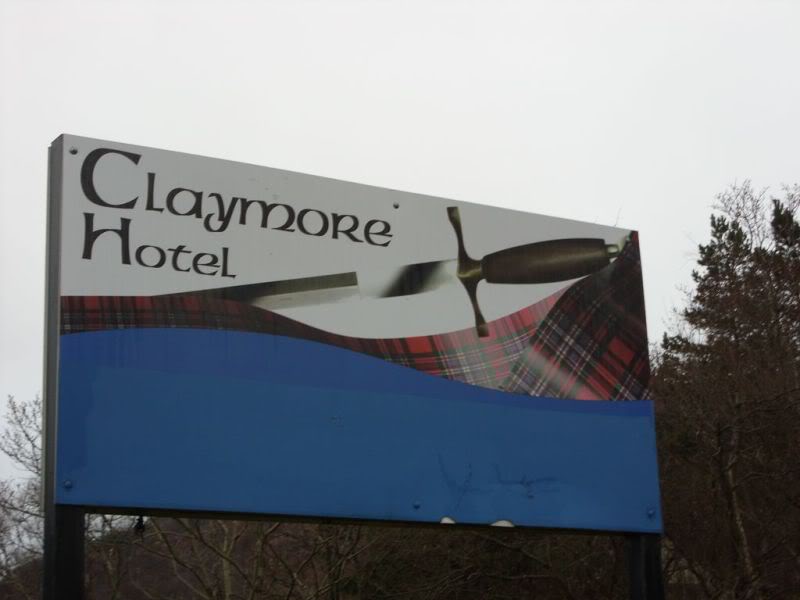Posts: 802 Location: In a van down by the river
Tue 01 Dec, 2009 6:17 pm
Claymore has come to mean, in the minds of a lot of otherwise un-sword-knowledgeable folks, simply a "big sword". I've heard/seen all kinds of long/large swords referred to as "Claymores" -- from European Zweihanders to the Scottish Lowlander's
twa-handit swords, to absolutely fantastical designs that have no relation to anything historical....
I blame the Victorians. And RPG's, Video Games, LARP games, cartoons, comic books (or, graphic novels).... Nothing against them, mind you! Just don't get your weapons facts from them.
(Imagine if the Victorians had LARP.... wow, now that's scary...)
Historically, the Highland Gaelic phrase
Claidheamh Mor, meaning "Great Sword" is known to have referred to the Basket-hilted Broadsword. At least that's the earliest use of the term that we know of, from written sources. The Highland two-hander is, oddly, not addressed until sometime later. The written references call the two-hander a Two-handed sword or
Claidheamh da Laimh -- but we also see it referred to as a "Claymore"!!!
I have a pet theory, which no one has called me out on - that any sword with A. a double-edged blade and B. is of Highland design/preference (remember, the blades of most of these swords were made in Germany, less often Spain or other parts of the Continent, and most of the basket-hilts were made in Lowland cities -- i.e. Glasgow or Stirling) can be rightfully referred to as a "Claymore". Anyway, I'm no Gaelic scholar, so what do I know?
Or are we getting hung up on terminology? What would "Claymore" have meant to a Highlander of old? What would he have called a completely foreign sword (German Zweihander, Venetian
Schiavona, Messer, whatever)? I really don't think the ancients were all that specific when it came to swords. They would have called one sword "this sword here" and another sword "that sword there" (other than giving them personal names, of course).
Anyway, the sword in that ad doesn't even look like a sword. Looks like a dagger to me. A real big dagger.

